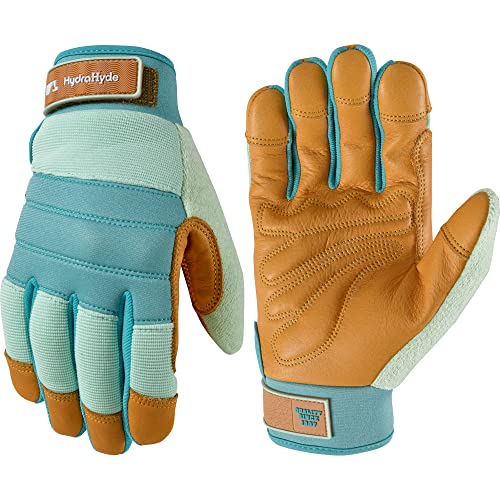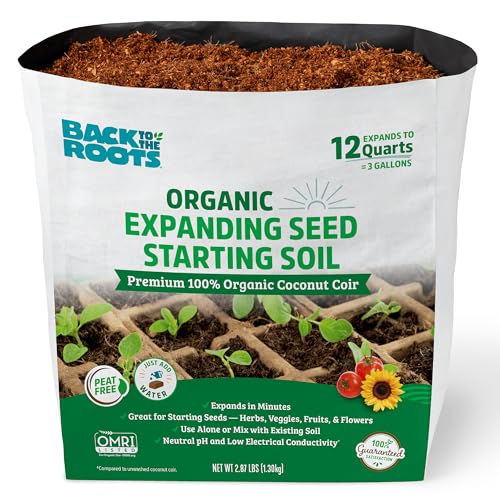5 nasturtium varieties I’m growing right now as a professional gardener – you can still sow these fast-growing flowers in June for late-summer color
These five nasturtium varieties are sure to add impact to your flower displays
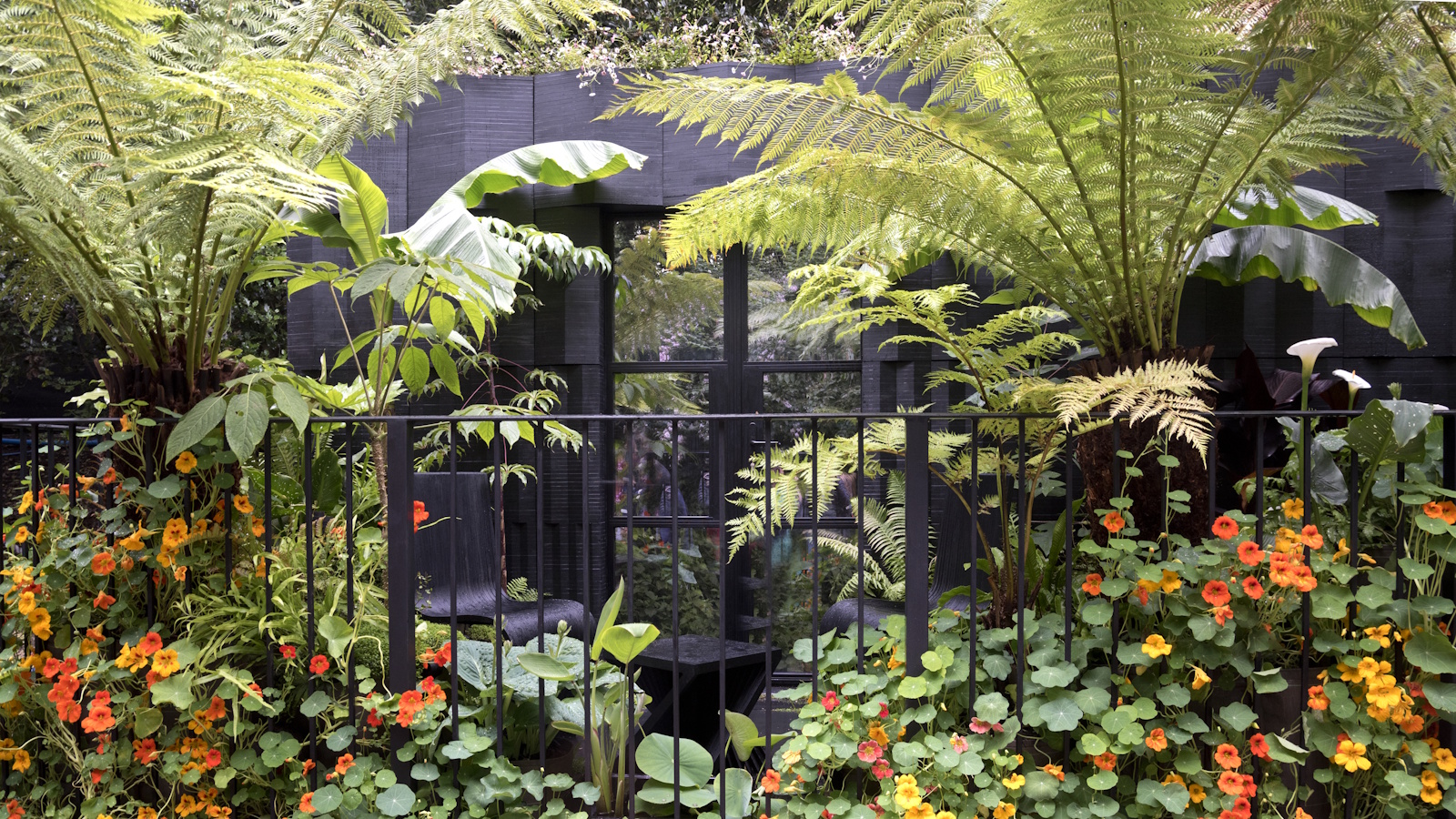

Nasturtiums are, without doubt, one of the easiest annual plants to care for. I have grown them everywhere: from large terracotta pots alongside dahlias to vegetable patches in community gardens where they crawled and climbed 10 feet in every direction.
These are fuss-free plants. They don’t need much input, yet they more than deliver with masses of bright, edible flowers and tangled mounds of foliage. And, the best part? Nasturtiums are remarkably fast-growing. Even in June, you can still sow them and expect flowers by late summer, and in a mild fall, they’ll keep blooming into November.
Here, I share tips on how to grow nasturtiums as well as five of my favorite nasturtium varieties to sow in June for a riot of color this summer.

Best nasturtium varieties for 2025
In terms of when to plant nasturtium seeds, this annual is usually sown indoors before the last frost or directly outside during April or May. This is because sowing in early spring gives them a good amount of time before any challenging summer heat.
However, your seed sowing schedule can extend a little, and these can be plants to grow in June, albeit with a little extra watering and care. And, as the evening temperatures are now mild, growth rates can be phenomenal.
Here are five of my favorite nasturtium varieties to grow this year.
1. 'Vesuvius'
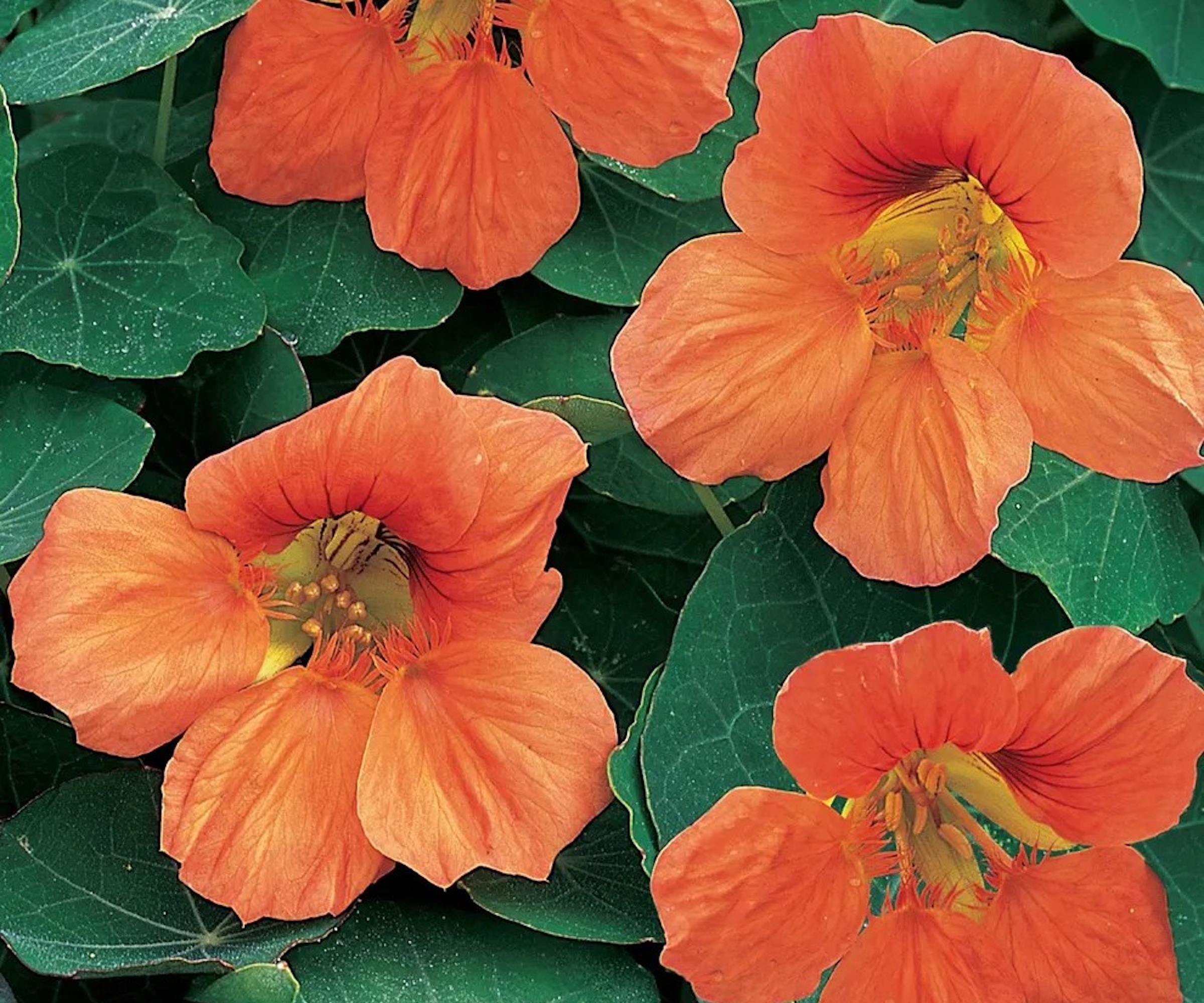
With salmon-peach blooms, who wouldn't love this 'Vesuvius' variety? Set against blue-green leaves, I think the color really pops when planted in flower beds and pot displays.
Design expertise in your inbox – from inspiring decorating ideas and beautiful celebrity homes to practical gardening advice and shopping round-ups.
Nasturtium 'Vesuvius' seeds are available to order now from Burpee.
Sow seeds directly into borders or containers, planting them roughly half an inch deep. You can simply use your finger, or use something like this highly rated Hori Hori knife, available at Amazon, to dig a narrow drill and sow directly.
In warmer locations, such as US hardiness zones 9 and 10, I would plant these in part-sun-part-shade, but in cooler areas, full sun generates the best results.
Keep your seedlings well watered as they establish, as the soil can quickly dry out during hot July and August days.
2. 'Troika Red'
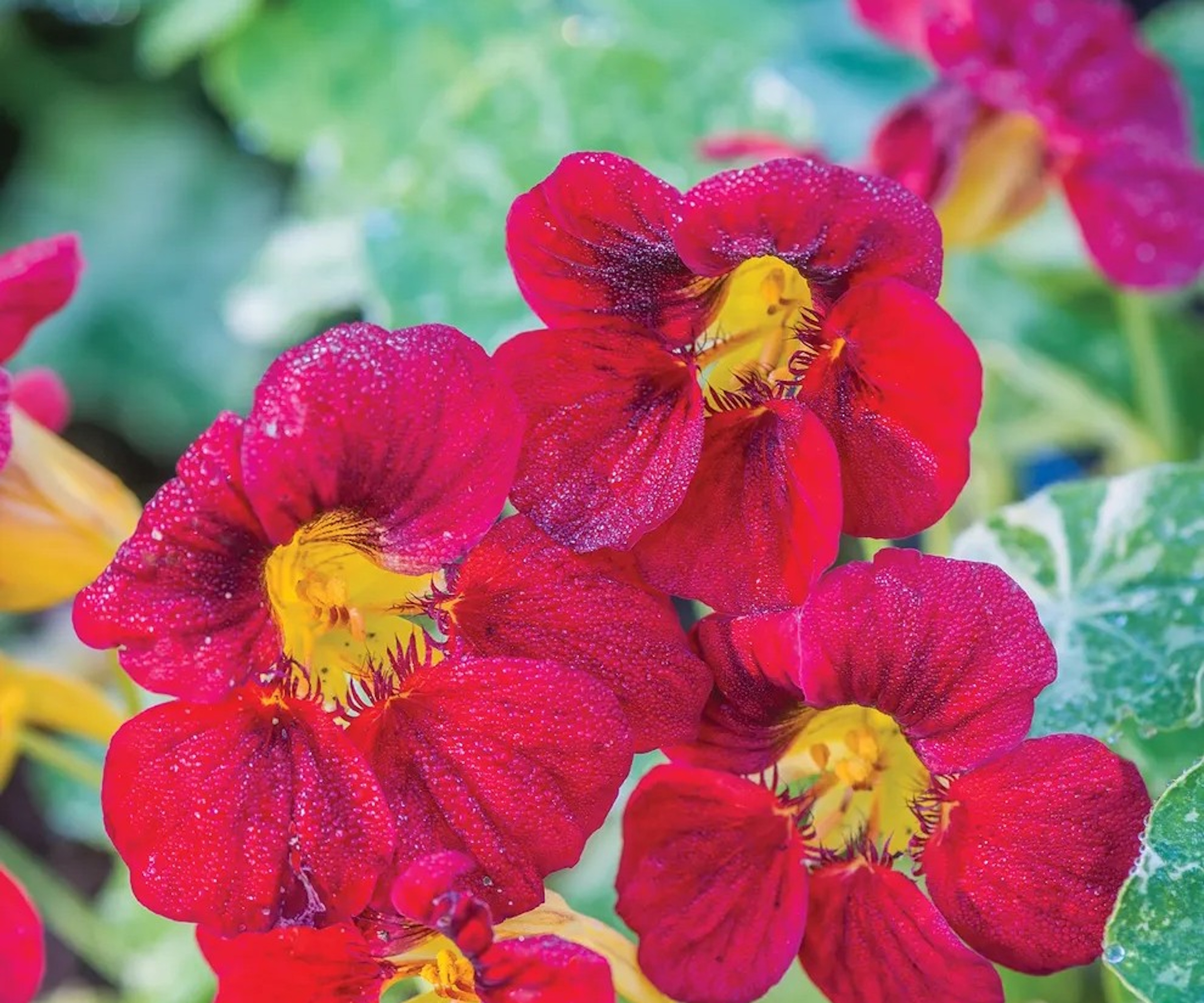
Not only does 'Troika Red' have deep maroon blooms, but the foliage is variegated, with unique green and white markings to elevate windowboxes and pot displays.
'Troika Red' nasturtium seeds are available from Burpee.
This variety can grow up to 20 inches in length, making them ideal cascading plants to tumble over the edge of pots.
Seeds typically germinate within 10 to 14 days in warm weather, just make sure to keep the soil slightly moist to avoid the seeds drying out, which would be a seed sowing mistake.
3. 'Peach Melba'
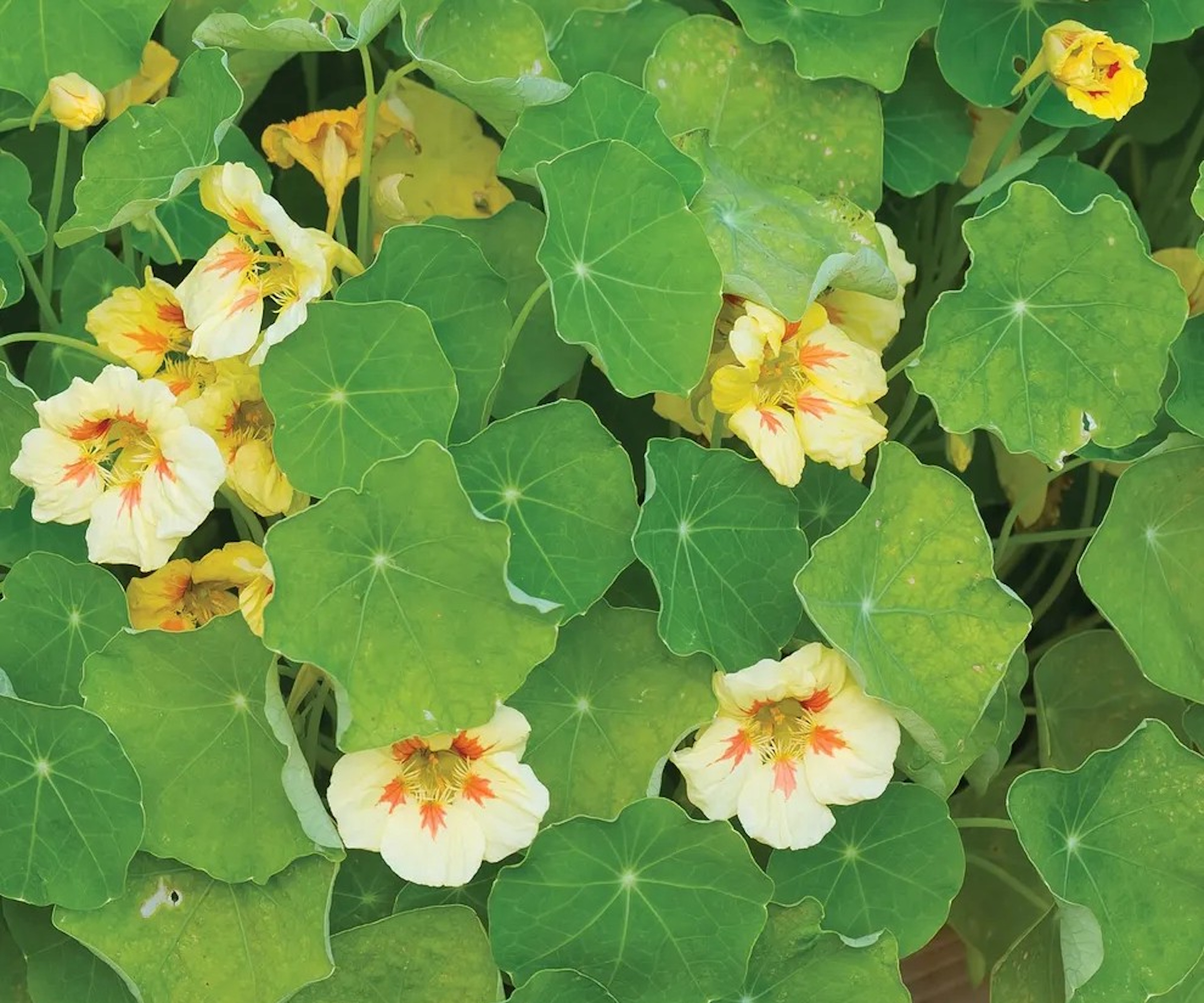
If you like yellow or white flowers, try growing 'Peach Melba' nasturtiums this month. I love this variety, not least for the creamy-yellow edible flowers that work well in colorful garden borders.
You can try planting alongside some of the best perennials, such as pink coneflowers or purple salvias, for a rhubarb and custard aesthetic.
Or, if you are a big fan of yellow this year, why not learn how to grow craspedia and fill your yard with joyful pops of gold?
Nasturtium 'Peach Melba' seeds are available to order now from Burpee.
4. 'Empress of India'
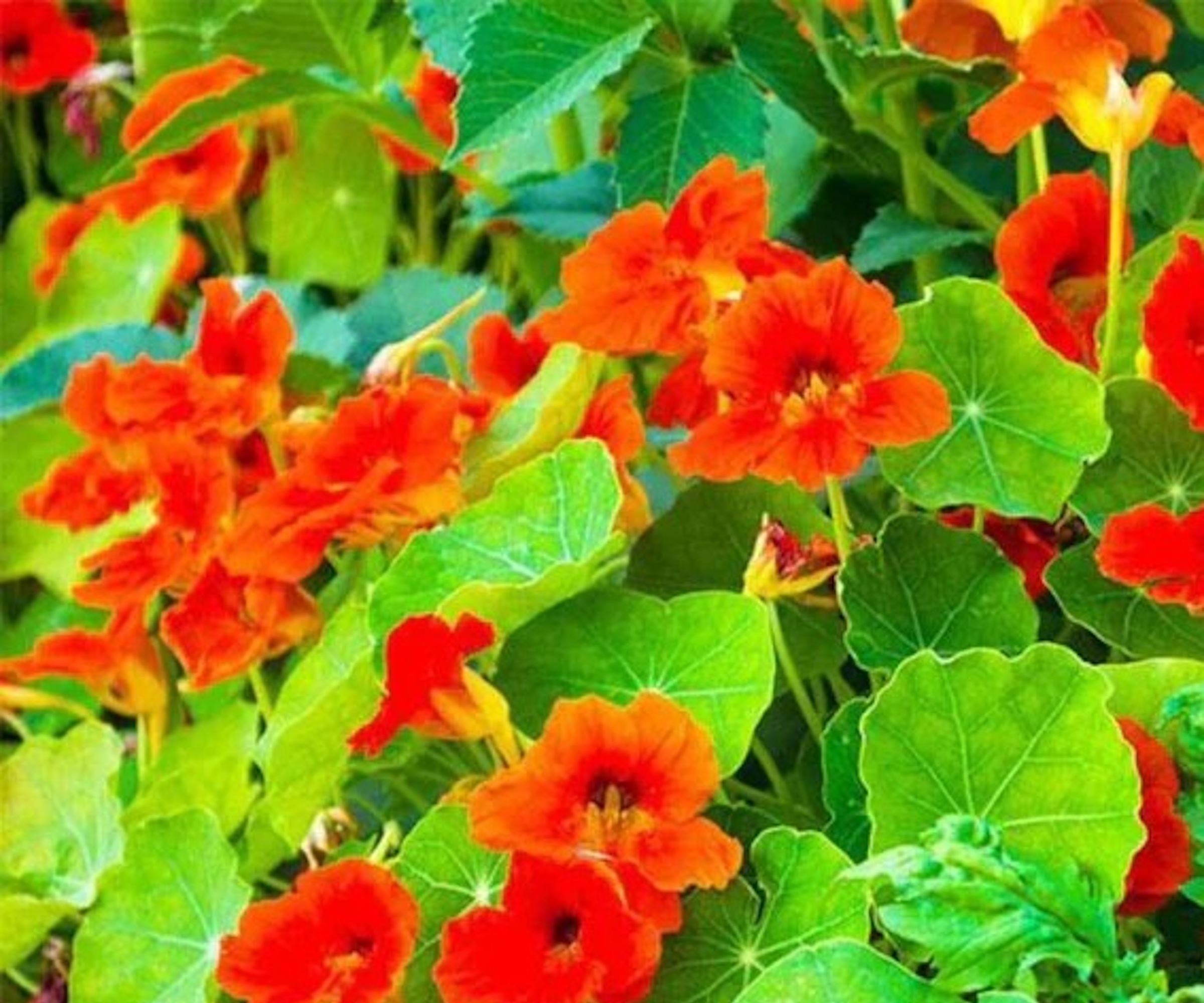
With a mounding habit as opposed to other vining varieties, the 'Empress of India' is a good option for kitchen gardens, particularly if you want to try growing nasturtiums for pest control.
'Empress of India' seeds are available now from True Leaf Market.
Indeed, not only does this variety have unique one to two-inch vibrant orange blooms, but it is a reliable companion plant to repel aphids and whiteflies.
Many gardeners use nasturtiums as sacrificial plants to lure pests away from cucumbers and cabbages, and while they are effective at this task, they will do so by producing masses of striking flowers, as you can see in the image here. What more could you ask for?
5. 'Alaska Gold Dwarf'
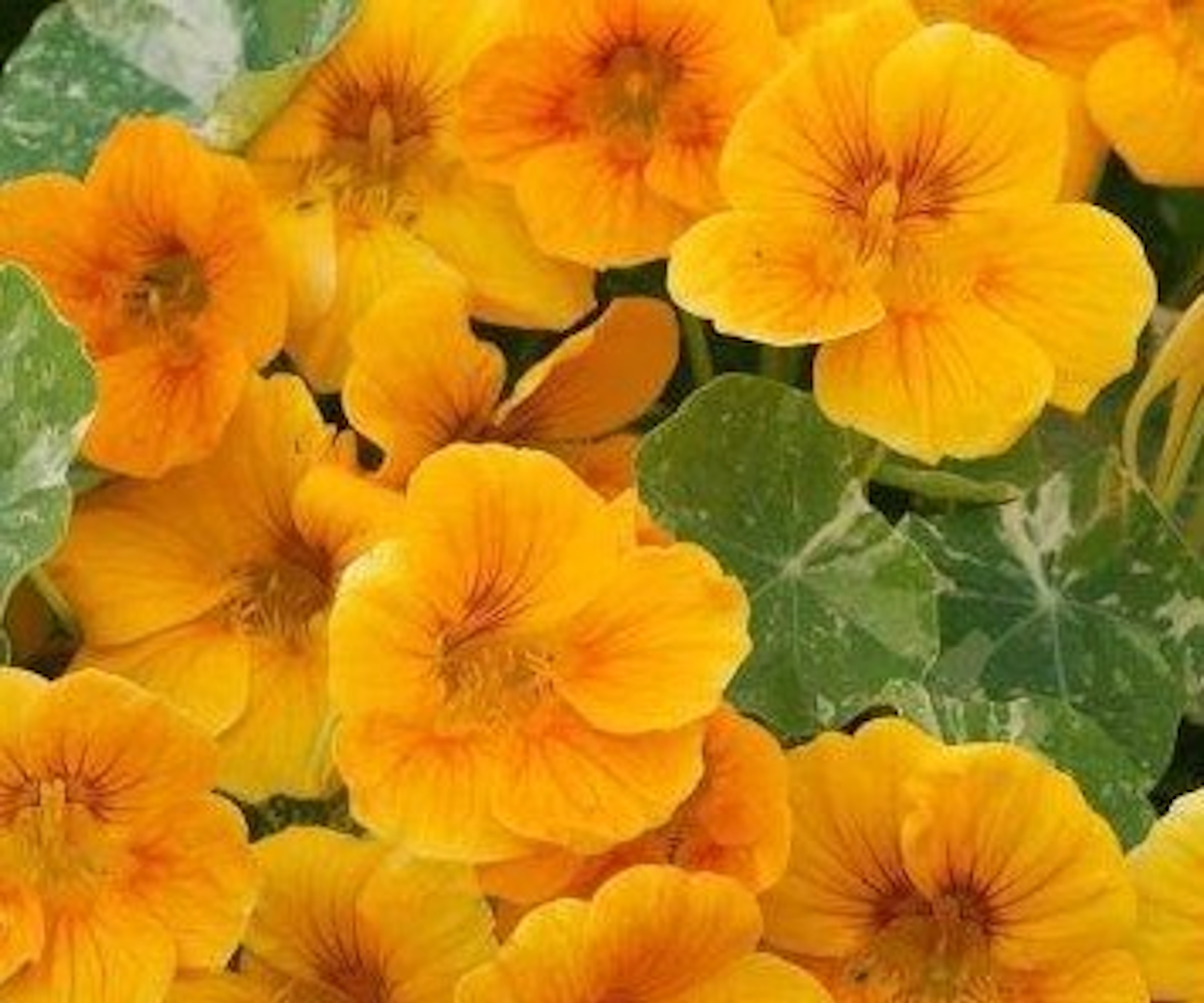
Nasturtiums are some of the best plants to use when gardening with children, largely because they are easy to grow, colorful and delicious.
Nasturtium 'Alaska Gold Dwarf' seeds are available to order now from True Leaf Market.
This is especially the case for 'Alaska Gold Dwarf', which produces plenty of golden-yellow flowers during summer and fall, through to the first frost in October or November.
This compact variety is a good option for pot displays and hanging baskets, especially if you want to fill your yard with plants for pollinators and encourage wildlife in your plot.
Try growing 'Alaska Gold Dwarf' in something like this highly rated and sturdy hanging basket from Keter, available via Amazon, which would look particularly impressive when full of yellow blooms.
FAQs
Can I grow nasturtiums in a window box?
Yes, you can grow nasturtiums in a window box, but choose a smaller, compact variety, such as 'Empress of India' or 'Alaska Gold Dwarf' which will grow happily in the small space. Be sure to keep your window boxes well watered during summer, as they can dry out in a matter of hours when the temperature rises.
Nasturtiums are some of the easiest annual plants to grow, thriving in poor soil with little water. There are many other annuals and perennials that are low-maintenance and thrive on neglect, such as poppies, yarrow and mint.
For more inspiration, see our guide on some of the hardest plants to kill, and fill your yard with low-effort but high-impact species this year.
Shop flower planting accessories

Thomas is a Content Editor within the Gardens Team at Homes and Gardens. He has worked as a professional gardener for both public spaces and private estates, specializing in productive gardening, growing food and flowers. Trained in Horticulture at the Garden Museum, he has written on gardening and garden history for various publications, including The English Garden, Gardens Illustrated, Hortus, The London Gardener and Bloom. He has co-authored a Lonely Planet travel book, The Tree Atlas, due out in 2024.
